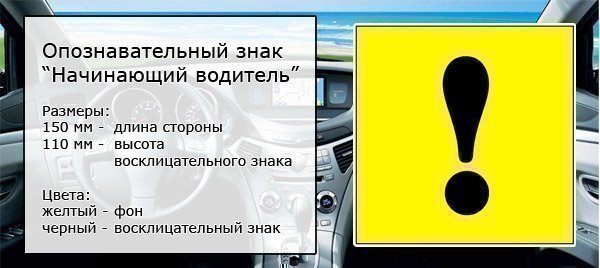
How to drive on freeways if you are a novice driver
Learning to drive is both exciting and nerve-wracking at the same time. While you may be keen to claim freedom of movement from one place to another without relying on someone else to drive you, driving is a privilege that should not be taken lightly.
Just as professional racers are not born to race on the track, any novice driver must take the first steps in mastering the skills of the road before leveling up their game. Driving on the freeway for both novice and experienced drivers presents many challenges and dangers.
Part 1 of 1: Driving on the Freeway
Step 1. First, practice driving on standard roads.. Beginning drivers need to have a good level of driving skills on standard roads before dealing with higher speeds and other freeway related issues.
With extra lanes and more vehicles around you, it will be hard enough to stay focused without worrying about the basics you can master off the highway, like shifting gears or keeping center between lanes.
Step 2: Check your tires and fluids. When you drive at higher speeds, such as on the freeway, factors such as low tire pressure or insufficient fluid levels can greatly affect your driving skills and therefore your safety and the safety of others on the road.
Your vehicle will not maneuver well without properly inflated tires, so always check your tires before driving.
Freeway driving can put extra stress on the engine and other systems if fluids such as oil, coolant, brake fluid, and transmission fluid are insufficient.
- Functions: If you are unsure about checking the tires and fluids of your vehicle, seek the assistance of a mechanic. The cost of such services is low and an even lower investment in terms of how much you can lose if an accident occurs on the freeway due to mechanical problems that could have been avoided.
Step 3: Determine the best time to drive on the freeway. Choose a time of day when the freeway is not busy and the weather is clear.
While motorways are rarely empty, there are peak hours when traffic is at its worst.
As a beginner, avoid driving on the freeway from 6 to 10 am and 4 to 8 pm on weekdays; this is the time when motorways are at their busiest due to people commuting to and from work. Also, choose a clear sunny day for your first highway trips. This way you will have optimal visibility to see the traffic around you and be aware of any other problems that may arise on the freeway.
Step 4: Enter the freeway. As soon as you get to the entrance for the first time, start accelerating to smoothly blend into the traffic. While it can be intimidating for a beginner, it's imperative that you have enough speed to glide through the traffic.
- Attention: If you are too slow, it causes others on the road to brake hard or change lanes to avoid hitting you. Unfortunately, such sudden movements of their parts also put them at risk of crashing with other vehicles on the freeway.
Step 5: Keep to the right. Slower traffic must remain in the right lane, although the middle lane is also acceptable when three or more lanes are available. Always remember that the left lane is for overtaking other vehicles.
Although you may have to move into the left lane to overtake a slower car, get back to the right side as soon as you pass this car so you don't block those faster than you.
Step 6: Drive off the freeway carefully. When you see your exit from the motorway, be sure to turn on your turn signal to inform those behind you of your intention. If you are in the middle lane, look in your mirrors, turn your head to see oncoming traffic, and then move into the far right lane.
Do not apply the brakes until you are in a safe place off the freeway traffic, and gradually reduce your speed on the ramp to either merge with other vehicles or come to a stop.
While nothing can fully prepare a novice driver for their first motorway driving experience, make sure your vehicle is in good condition, practice on normal roads and know proper road etiquette. others around you.
Following the steps in this article will help reduce much of the anxiety associated with higher traffic volumes and speeds, and ensure you are ready to drive safely on the freeway. Before driving on the motorway, see a certified mechanic, such as AvtoTachki, to top up the coolant, change the engine oil and, if necessary, change the clutch fluid.